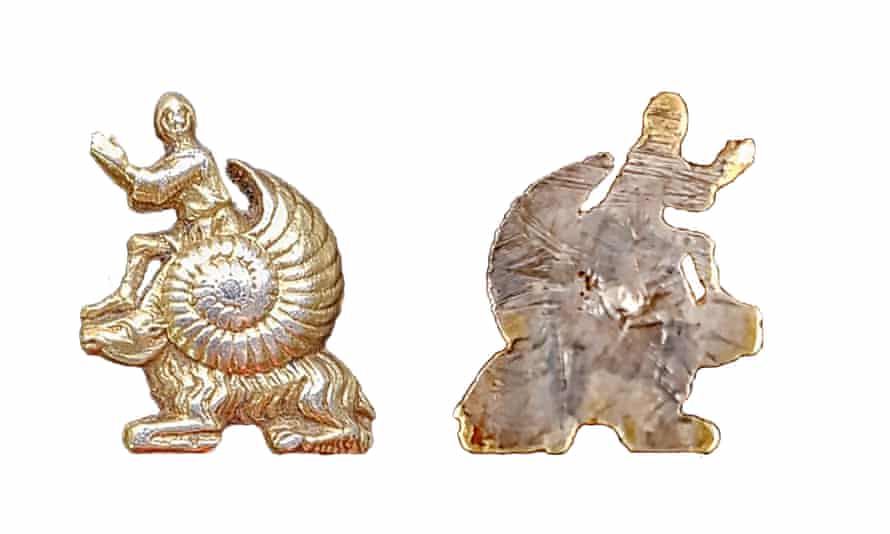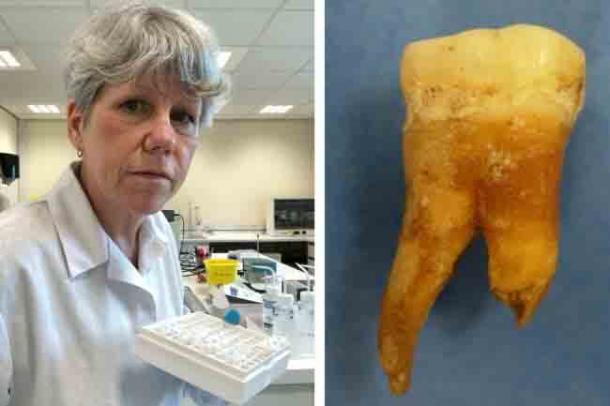
The snail-man has been described as a kind of ‘medieval meme’.
Photograph: Yorkshire Archaeology Advisory Service/PA
Photograph: Yorkshire Archaeology Advisory Service/PA
Silver-gilt object, announced by British Museum, was discovered in a field near Pontefract last year
Delicately crafted using silver-gilt, it shows a praying knight emerging from a snail on the back of a goat and may be an example of 13th-century Yorkshire satire. Precisely what the joke was may never be known.
“It is very unusual,” said Beverley Nenk, the curator of later medieval collections at the British Museum, which announced its discovery on Monday. “It is such a funny little thing … I haven’t seen anything like it.”
The “snail-man” object, just over 2cm long, was discovered by a metal detectorist in a field near Pontefract, West Yorkshire, in September last year.
The best guess is that its owner commissioned it and wore it as a badge, or attached it to a leather belt or strap.
Read the rest of this article...
